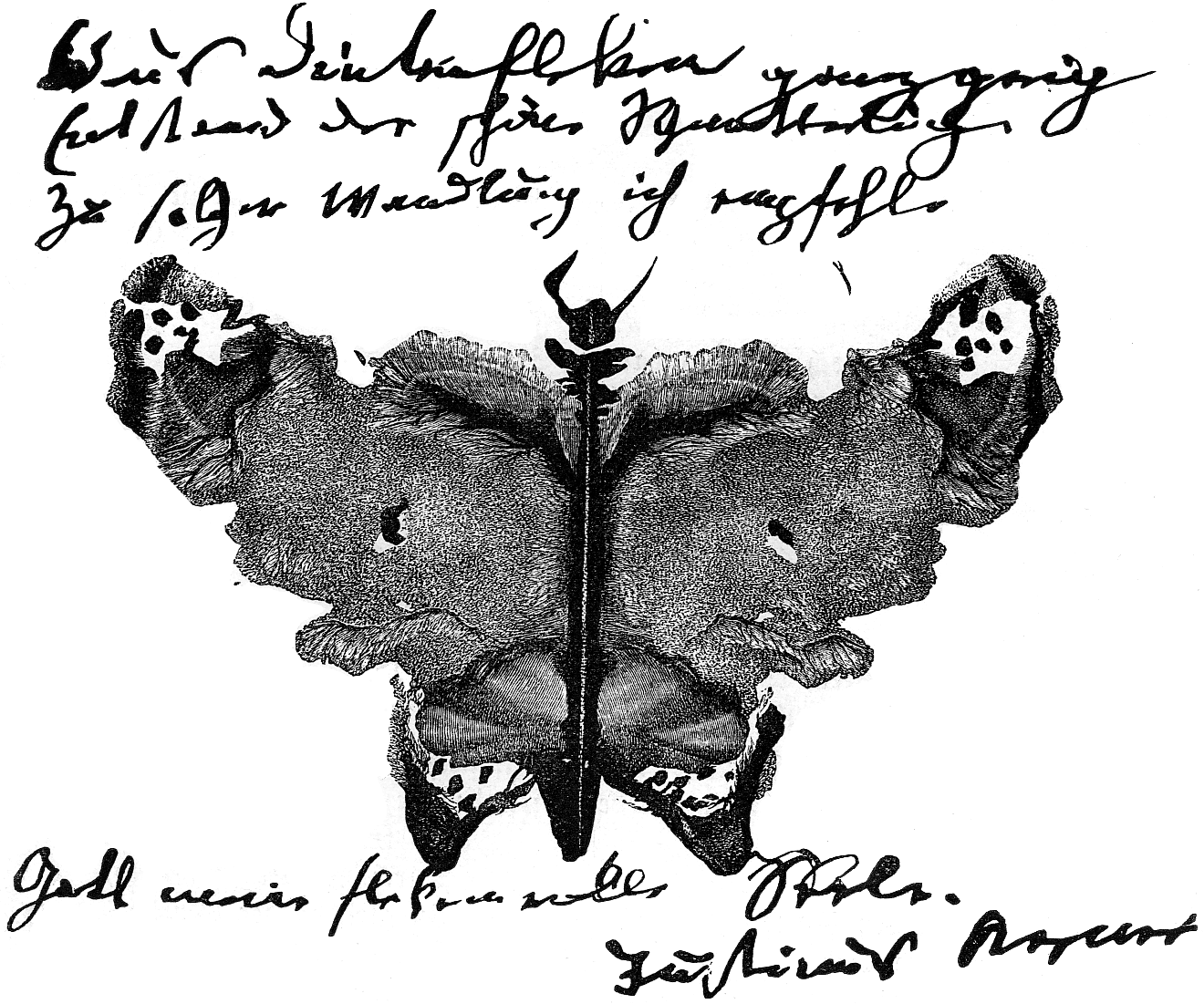Oh, you are talking about magnetism!sallyseaver wrote:
And IF iron is a strong component of the brown dust clouds in our APOD picture of M96, then in cold space the microscopic domains would line up to have a macroscopic magnetic field that would influence its interaction with the other constituents of the outer ring of M96.
Yes, astronomers are "upgrading" magnetism as a major player in the universe, or so I believe anyway. But personally I doubt that magnetism would normally give a galaxy a distorted shape. As for that dust lane of M96, you are of course correct that it contains iron as well as other elements. I'm sure the iron content is enough for this dust lane to "feel" the magnetic field of the galaxy.
But I don't see why this particular dust lane would be extremely rich in iron. The only thing that could make it so is if it was made of the debris of vast numbers of particularly metal-rich stars. I don't see why that would be the case, and why, say, Andromeda would not have dust lanes even richer in iron. Andromeda is larger than M96 and redder in overall color, suggesting it contains a larger population of very metal-rich stars. Also, when it comes to M96, I'm having a hard time imagining the sort of magnetic field that would have such a "lopsided" effect on the galaxy.
The universe is teeming with strangely shaped galaxies. I find it hard to believe that magnetism is acting on some parts on them and not on other parts, or that it affects some parts of the galaxies much more strongly than other parts. Why would that be?
We know that mergers give galaxies strange shapes. We also know that massive star formation in a galaxy can distort the entire galaxy. For example, galaxy NGC 1313 is distorted due to massive star formation primarily taking part in one of its arms. There is nothing strange about that. Star formation is always a localized phenomenon, never something that envelops an entire galaxy - certainly not in the nearby universe.
As for M96, I agree with Chris that a merger is by far the most likely explanation for its weird shape.
Ann










